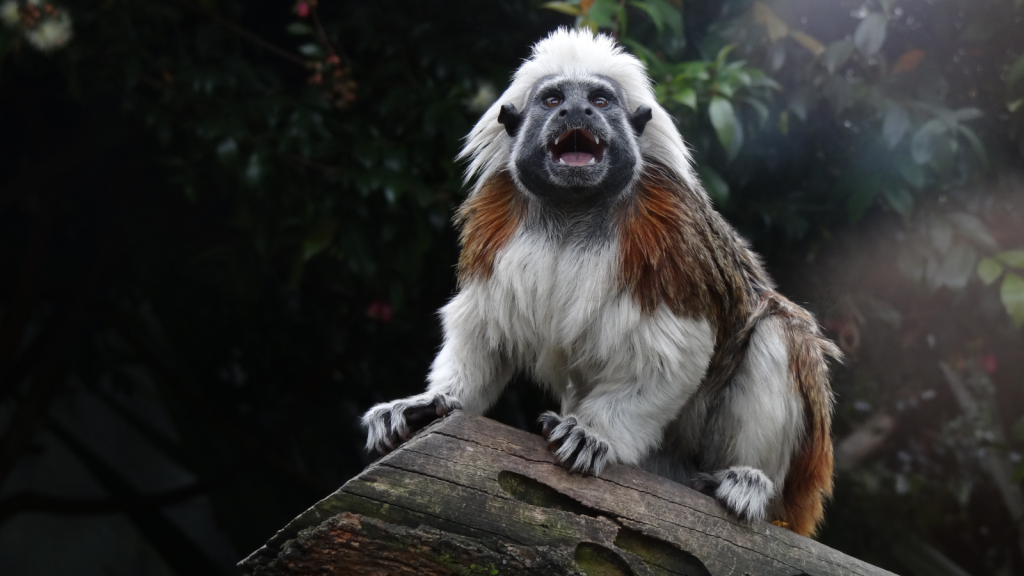While we Brits might be familiar with the cheeky macaques of Gibraltar, the Americas host a dazzling array of tiny primates that would fit in the palm of your hand. These pint-sized creatures, known as New World monkeys, inhabit the lush forests from Mexico to Argentina. Despite their small stature, these miniature marvels have adapted to survive in some of the most challenging environments on Earth. From the pocket-sized pygmy marmoset to the adorable golden lion tamarin, these tiny primates prove that good things indeed come in small packages. Join us as we explore the 15 smallest New World primates, each with its own unique charm and fascinating traits.
Pygmy Marmoset
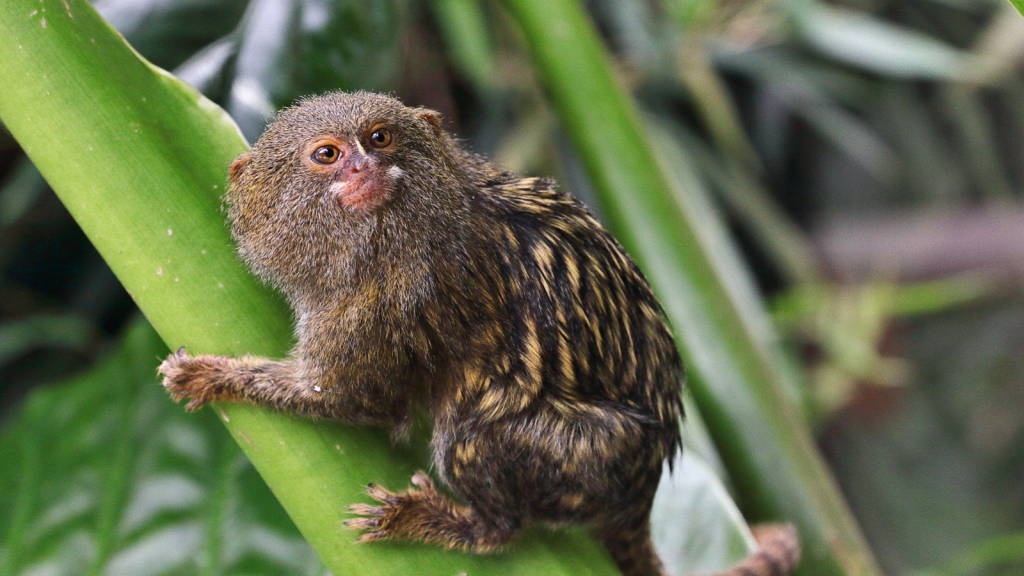
The pygmy marmoset holds the title of the world’s smallest monkey, weighing in at a mere 100 grams – about the same as a bar of soap! Native to the Amazon basin, these tiny creatures are expert tree-dwellers, using their sharp claws to cling to tree trunks. Their diet consists mainly of tree sap, which they access by gnawing holes in bark with their specialized teeth. Interestingly, pygmy marmosets can rotate their heads nearly 180 degrees, an adaptation that helps them scan for predators while feeding.
Roosmalens’ Dwarf Marmoset
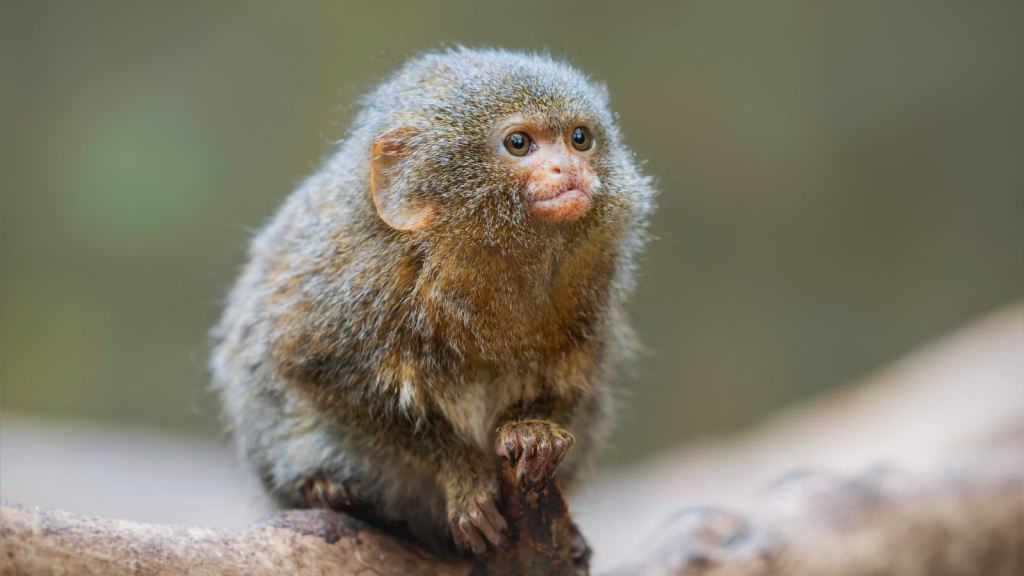
Discovered only in 1998, the Roosmalens’ dwarf marmoset is slightly larger than its pygmy cousin, but still tiny by primate standards. Found in a small area of the Brazilian Amazon, these rare monkeys have distinctive white eyebrows and ear tufts. They live in small family groups and communicate through a series of high-pitched chirps and whistles. Unlike many other marmosets, Roosmalens’ dwarf marmosets have a unique social structure where only one female in the group breeds.
Silvery Marmoset
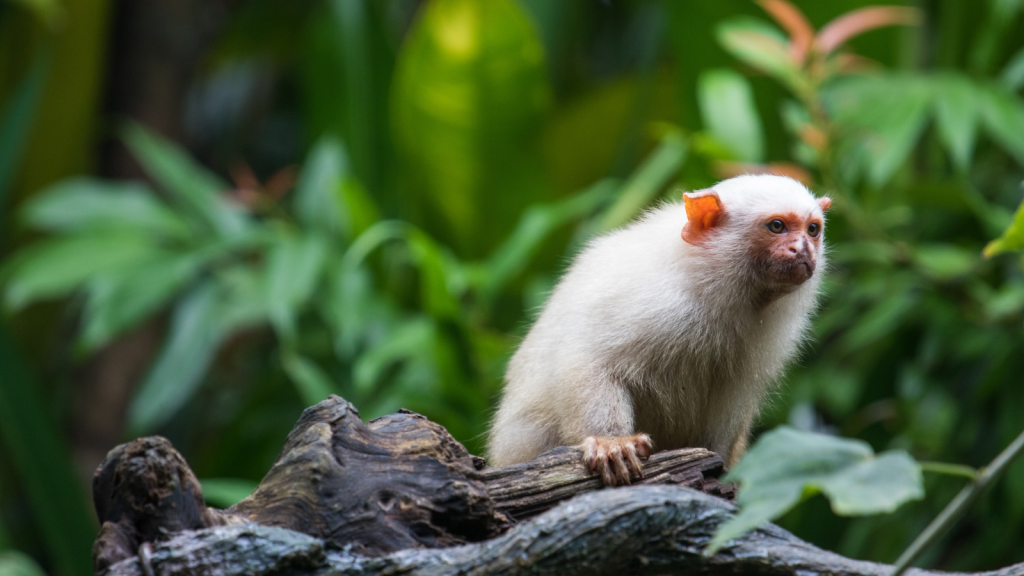
The silvery marmoset, true to its name, sports a beautiful silvery-grey coat. These small primates, weighing around 350 grams, are found in the eastern Amazon of Brazil. They’re known for their agility, able to leap impressive distances between trees. Silvery marmosets have a varied diet, including fruits, insects, and tree sap. They play a crucial role in seed dispersal, helping to maintain the biodiversity of their forest habitats.
Geoffroy’s Tamarin
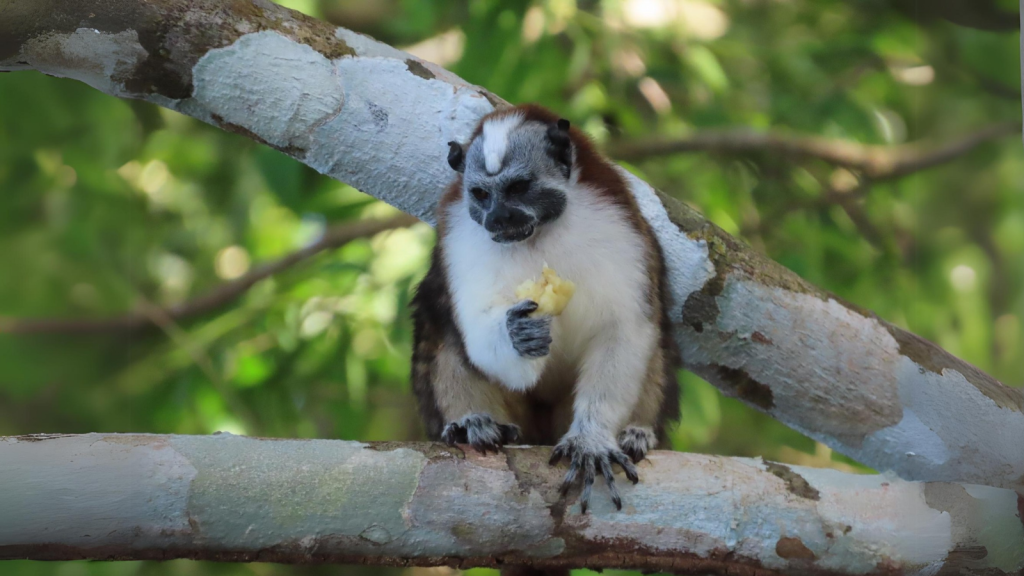
Geoffroy’s tamarin, found in Panama and Colombia, is one of the smallest tamarins. With their distinctive white moustaches, these monkeys look like tiny, furry gentlemen. They’re highly social, living in groups of up to 15 individuals. Geoffroy’s tamarins are excellent foragers, feeding on a mix of fruits, insects, and small vertebrates. They have a unique breeding system where multiple males help care for a single pair’s offspring.
Moustached Tamarin
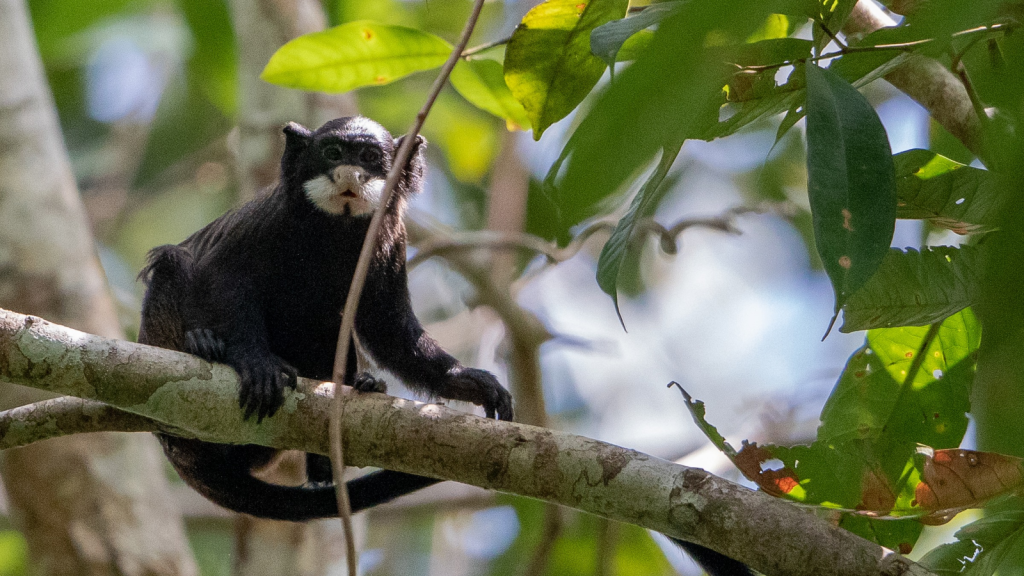
The moustached tamarin gets its name from the white hairs around its mouth, giving it a dapper appearance. These small monkeys, weighing about 500 grams, are found in the western Amazon basin. They’re known for their complex social structure and their habit of giving birth to twins – a rarity among primates. Moustached tamarins have a remarkable memory for the location of fruit trees in their territory, allowing them to efficiently forage across large areas.
Black-Mantled Tamarin
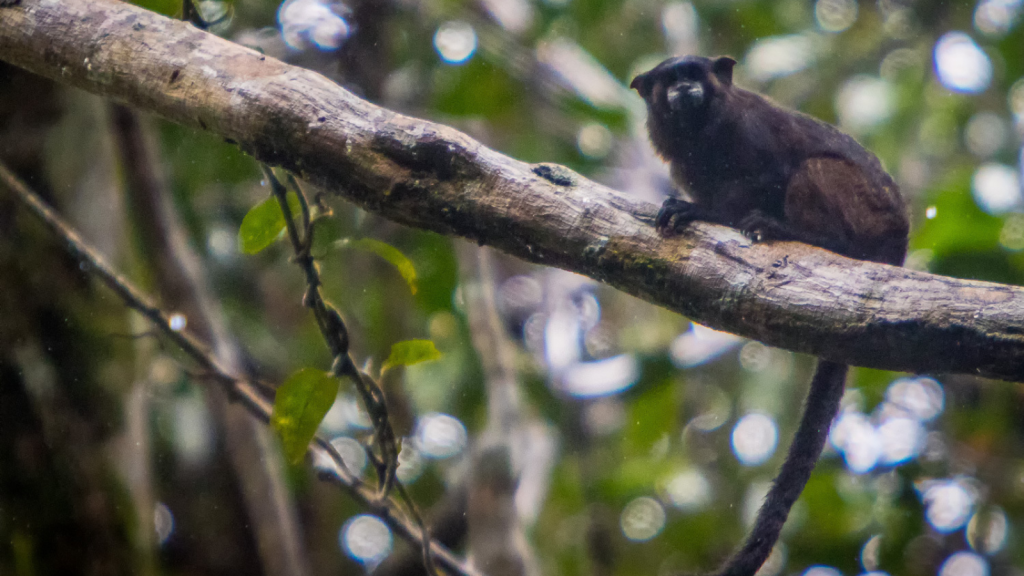
The black-mantled tamarin sports a striking black coat with reddish-brown limbs. Found in Colombia and Ecuador, these small monkeys weigh around 400 grams. They’re excellent climbers and spend most of their time in the upper canopy of the forest. Black-mantled tamarins are known for their loud vocalizations, which they use to communicate with their group members. They have a unique adaptation where their thumbs are not opposable, allowing for faster movement through the trees.
Saddleback Tamarin
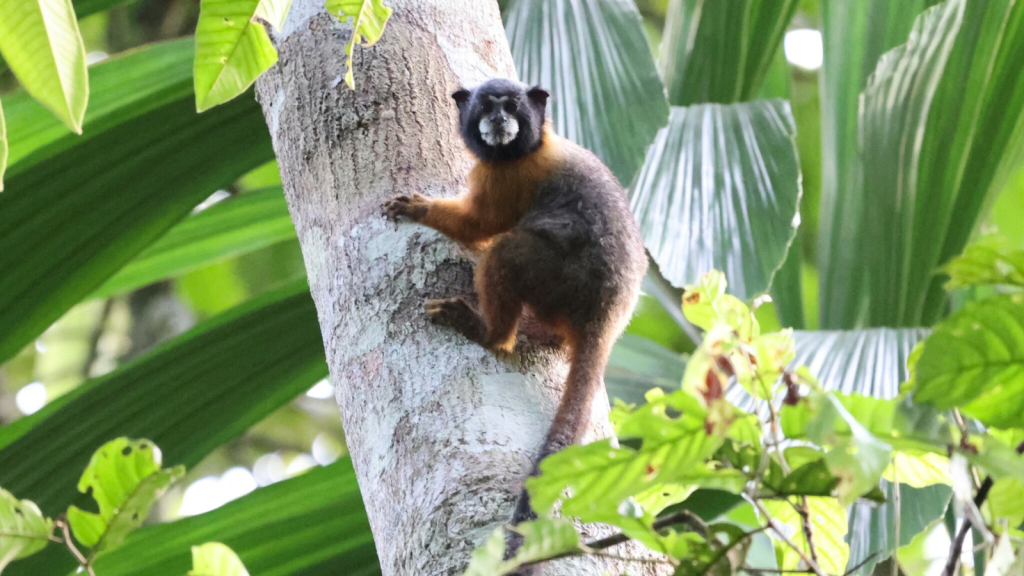
The saddleback tamarin gets its name from the distinctive saddle-like patch of hair on its back. These small monkeys, weighing about 350 grams, are found in the Amazon basin. They’re known for their cooperative breeding system, where all group members help to care for infants. Saddleback tamarins have a varied diet, including fruits, insects, and small vertebrates. They’ve been observed using tools in captivity, demonstrating a high level of intelligence for their size.
Emperor Tamarin
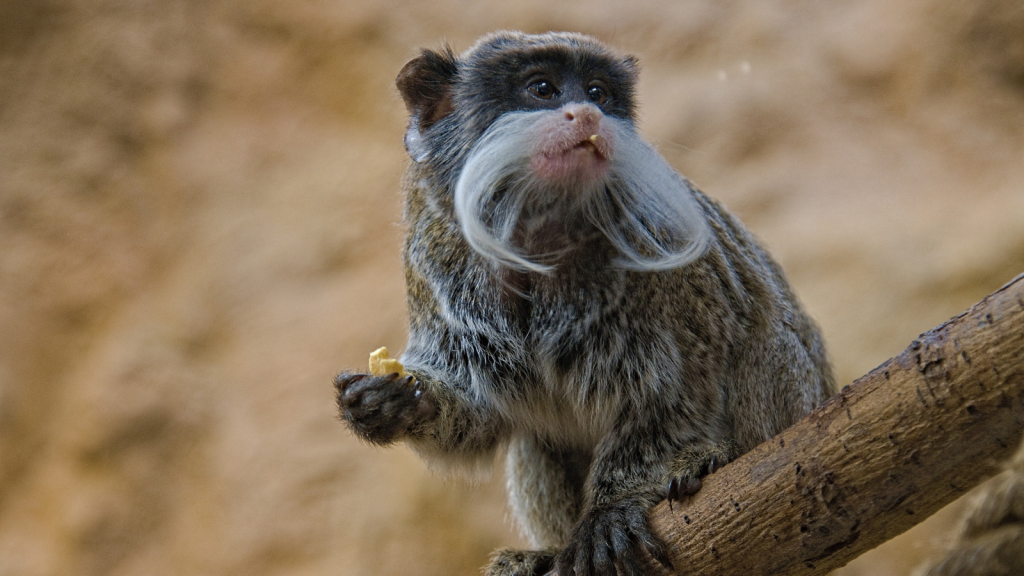
The emperor tamarin is easily recognized by its long, white moustache, which reportedly reminded its discoverers of German Emperor Wilhelm II. Despite their regal appearance, these monkeys are quite small, weighing around 500 grams. Found in the southwest Amazon basin, emperor tamarins are agile climbers and spend most of their time in the forest canopy. They have a unique ‘sentinel’ system where one group member keeps watch for predators while the others feed.
Pied Tamarin
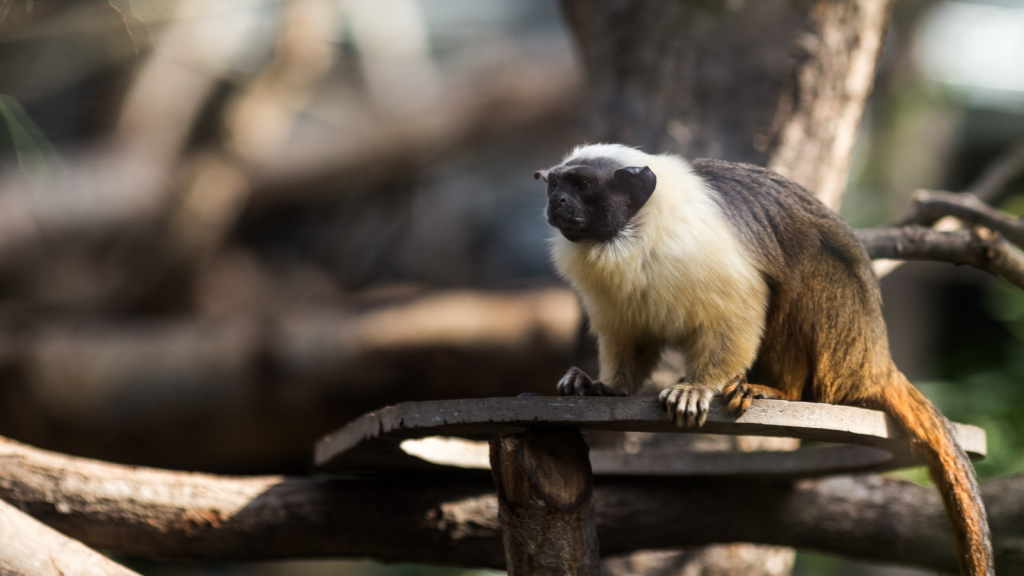
The pied tamarin, with its striking black and white coloration, is one of the most distinctive small primates. Found only in a small area near Manaus, Brazil, these monkeys are critically endangered due to habitat loss. They weigh around 430 grams and are known for their complex vocalizations, which include trills, whistles, and chirps. Pied tamarins have an unusually large vocal repertoire for their size, with over 50 distinct call types identified.
Goeldi’s Monkey
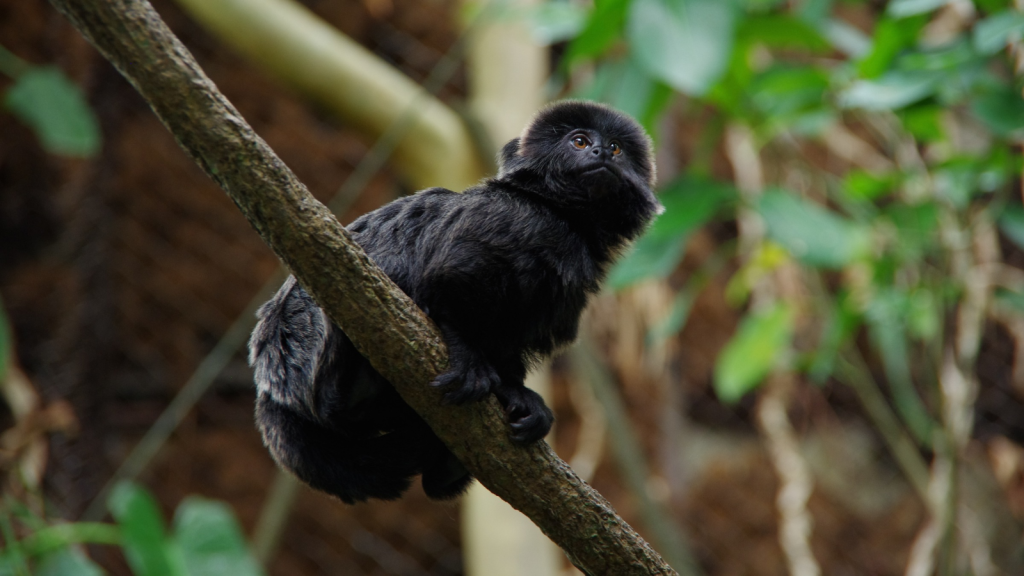
Goeldi’s monkey, also known as the callimico, is a bit of an oddball in the New World monkey family. Unlike other small New World monkeys, they typically give birth to single infants rather than twins. Found in the upper Amazon basin, these small, dark-furred monkeys weigh around 500 grams. They’re known for their ability to leap long distances between trees. Goeldi’s monkeys have a unique digestive system that allows them to eat fungi, a food source rarely consumed by other New World monkeys.
Titi Monkey
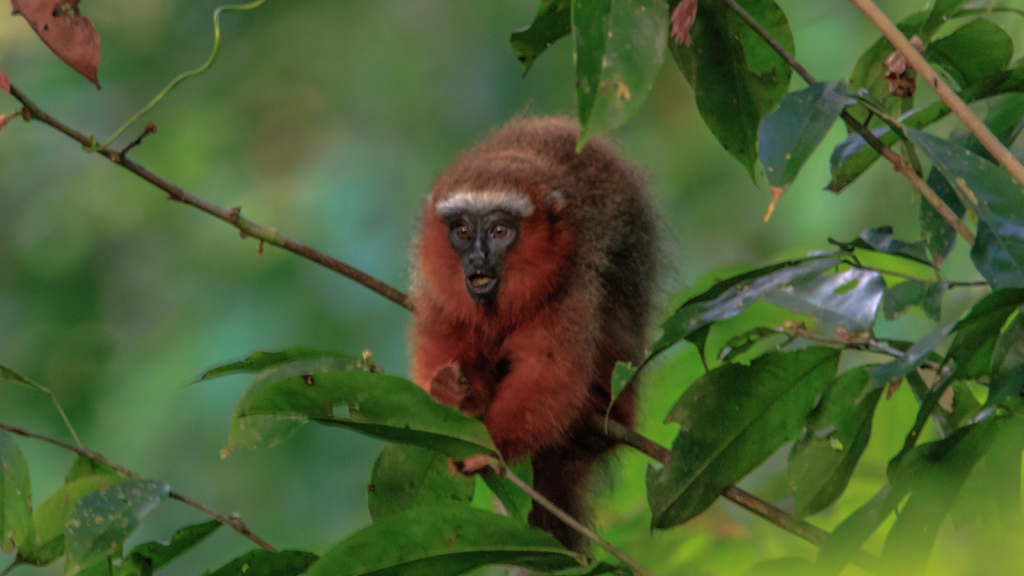
Titi monkeys are a group of small primates found across South America. While there are many species, most weigh between 800 and 1,200 grams. Titis are known for their monogamous pair bonds – they often sit side by side with their tails entwined. These small monkeys are also notable for their wide range of vocalizations, which they use to communicate within their family groups. Titi monkeys have one of the most complex vocal systems among primates, with different calls for various types of predators.
Squirrel Monkey
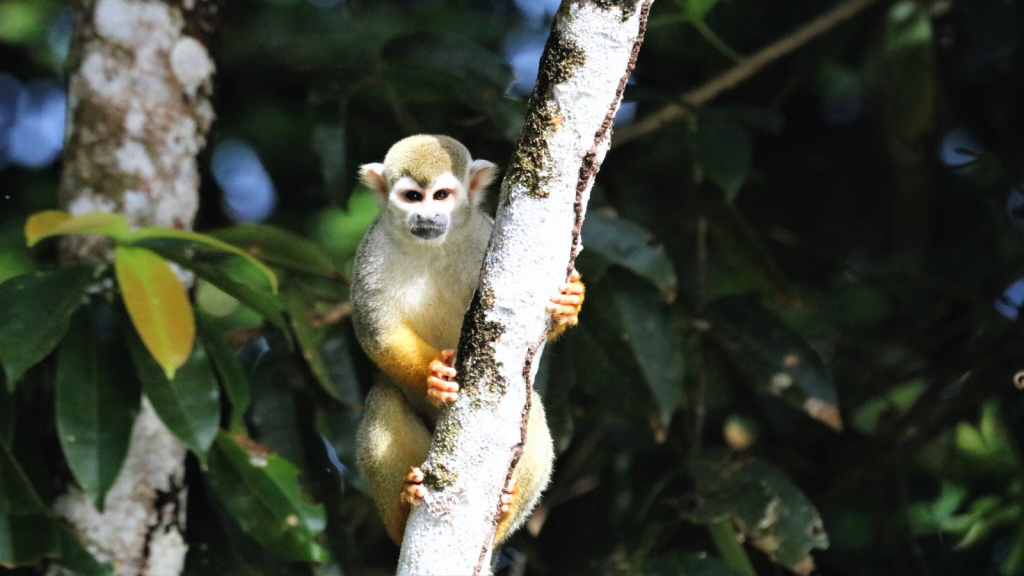
Squirrel monkeys are among the most commonly seen small primates in South America. Weighing around 750 grams, they’re a bit larger than some on this list, but still quite small. These active monkeys are known for their high intelligence and curious nature. In the wild, they live in large groups and spend much of their time foraging for insects and fruits. Squirrel monkeys have the largest brain-to-body mass ratio of all primates, even larger than humans.
Night Monkey
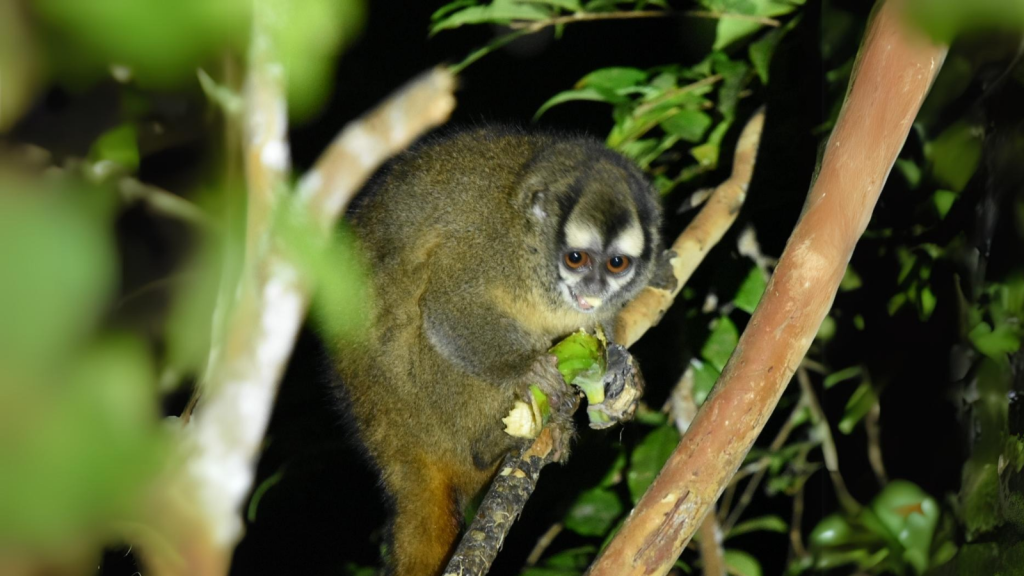
Night monkeys, also known as owl monkeys, are the only nocturnal monkeys in the New World. Weighing around 1 kilogram, they’re on the larger end of “small” primates. Their large eyes help them see in the dark as they forage for fruits and insects at night. Night monkeys are monogamous and form strong family bonds. They have a unique adaptation in their eyes that allows them to see well in both low light and colour, unlike most nocturnal mammals.
Golden Lion Tamarin

The golden lion tamarin, with its striking orange mane, is one of the most recognizable small primates. Found only in a small area of Brazil’s Atlantic Forest, these monkeys weigh around 600 grams. They’re known for their cooperative breeding system and their skillful foraging – they use their long, slender fingers to extract insects from crevices in trees. Golden lion tamarins have become a symbol of conservation efforts in Brazil, with successful reintroduction programs helping to boost their wild population.
Pygmy Titi Monkey
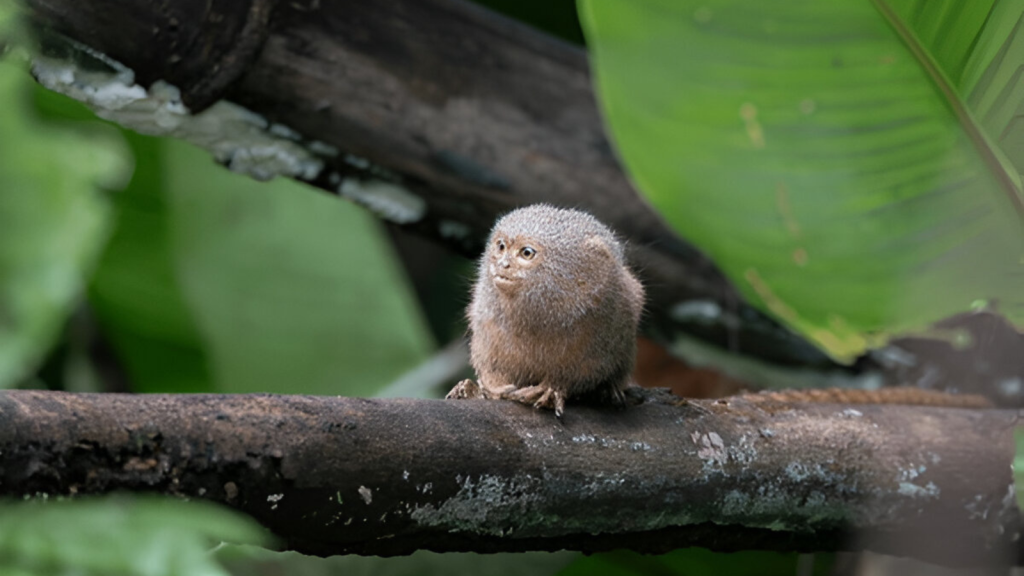
The pygmy titi monkey, found in the Amazon basin, is one of the smallest species of titi monkey. Weighing around 500 grams, these monkeys have reddish-brown fur and distinctive white “hands.” Like other titis, they’re monogamous and form strong pair bonds. Pygmy titis are known for their dawn chorus – loud calls that the family group makes together at sunrise. They have a unique sleeping arrangement where the whole family group sleeps huddled together with their tails intertwined.

